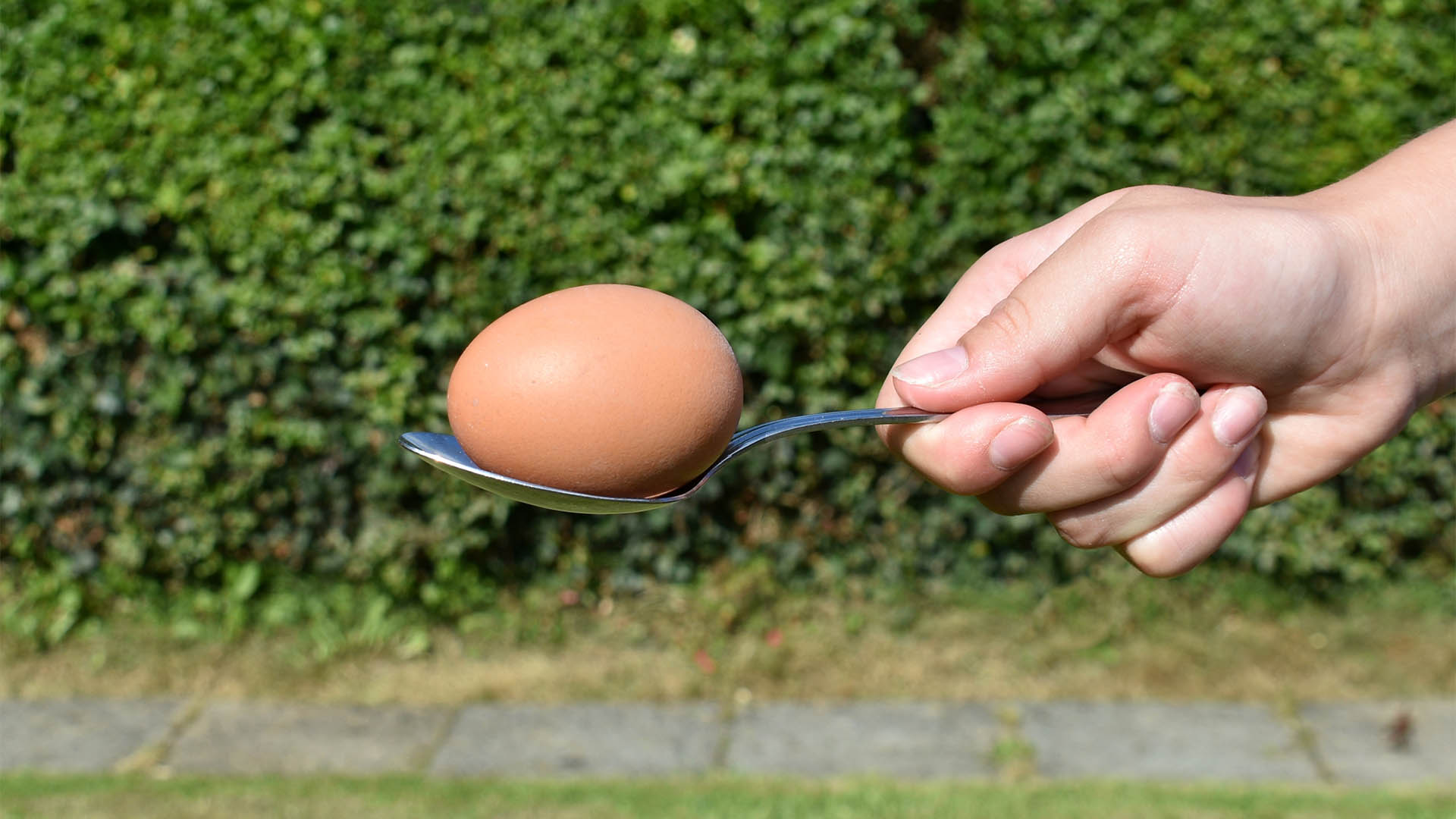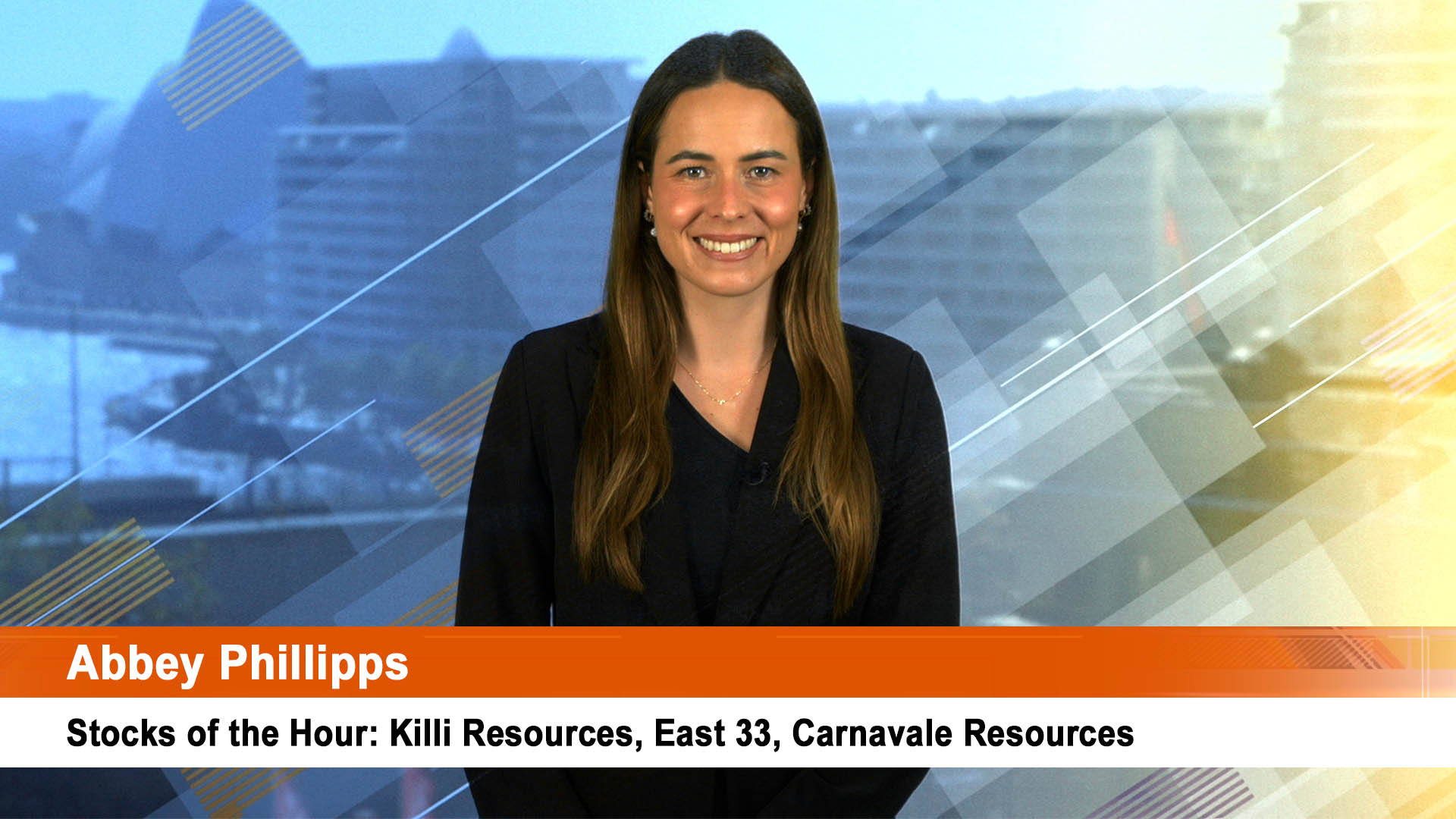Don’t worry about the slight miss in August housing approvals – look more at what is clearly a stabilising of the fall of the past year and the growing belief that the sector will be making a contribution to growth for a bit longer than previously expected.
The Australian Bureau of Statistics said yesterday that number of dwellings approved rose 1.1% in August, in trend terms, and has now risen for seven months.
That was a better and more accurate result that the 0.4% rise in seasonally adjusted terms, which was a bit short of market estimates for a 1% rise. The trend figures produce a more smoother result as they iron out the month to month volatility in this series especially which is subject to the whims of local councils and the timing of meetings – something the seasonal adjustment process finds difficult to process.
“Dwelling approvals increased in August in the Australian Capital Territory (8.9 per cent), Northern Territory (8.3 per cent), Victoria (1.5 per cent), Tasmania (1.2 per cent), Queensland (1.0 per cent), South Australia (0.9 per cent) and New South Wales (0.7 per cent), but decreased in Western Australia (0.8 per cent) in trend terms,” the ABS said yesterday.
In trend terms, approvals for private sector houses rose 0.9% in August. Private sector house approvals rose in Queensland (2%), South Australia (1.4%), Victoria (1.1%) and Western Australia (0.3%), but fell 0.3% in NSW.
The trend estimate for private sector dwelling units excluding houses (that is units, apartments etc) rose 1.3% in August. “Dwelling approvals have shown signs of strength in recent months, although are still below the record high in 2016," said Bill Becker, Assistant Director of Construction Statistics at the ABS.
"The August 2017 data showed that the number of dwellings approved is now 6.5 per cent lower than in the same month last year, in trend terms."
The value of total building approved fell 0.3 per cent in August, in trend terms, after rising for six months. The value of residential building rose 0.7% while non-residential building fell 1.8%.
National Australia Bank economists says that while the building approvals for August were largely as expected,.”Detached house approvals are showing strength while apartment approvals have stabilised. With approvals having risen in trends terms over the past six months and population growth still driving strong underlying demand, today’s data suggests the residential construction could remain at elevated levels or even recover a little somewhat.
The Commonwealth bank said “Total residential approvals are down around 11% from their peak and are still at a relatively high level compared with past cycles. This high level of activity supports our view that the decline in residential construction cycle should be gradual and reasonably shallow.
And the AMP said “the decline is likely to be gradual and modest at this stage as approvals have stabilised at a relatively high level so far this year. A rise in the residential crane count according to the Rider, Levett, Bucknall Crane Index over the six months to September led by Sydney also tells us that there is still a large pipeline of work yet to be done on the apartment front that will see dwelling construction remain at a high level for a while yet.”













